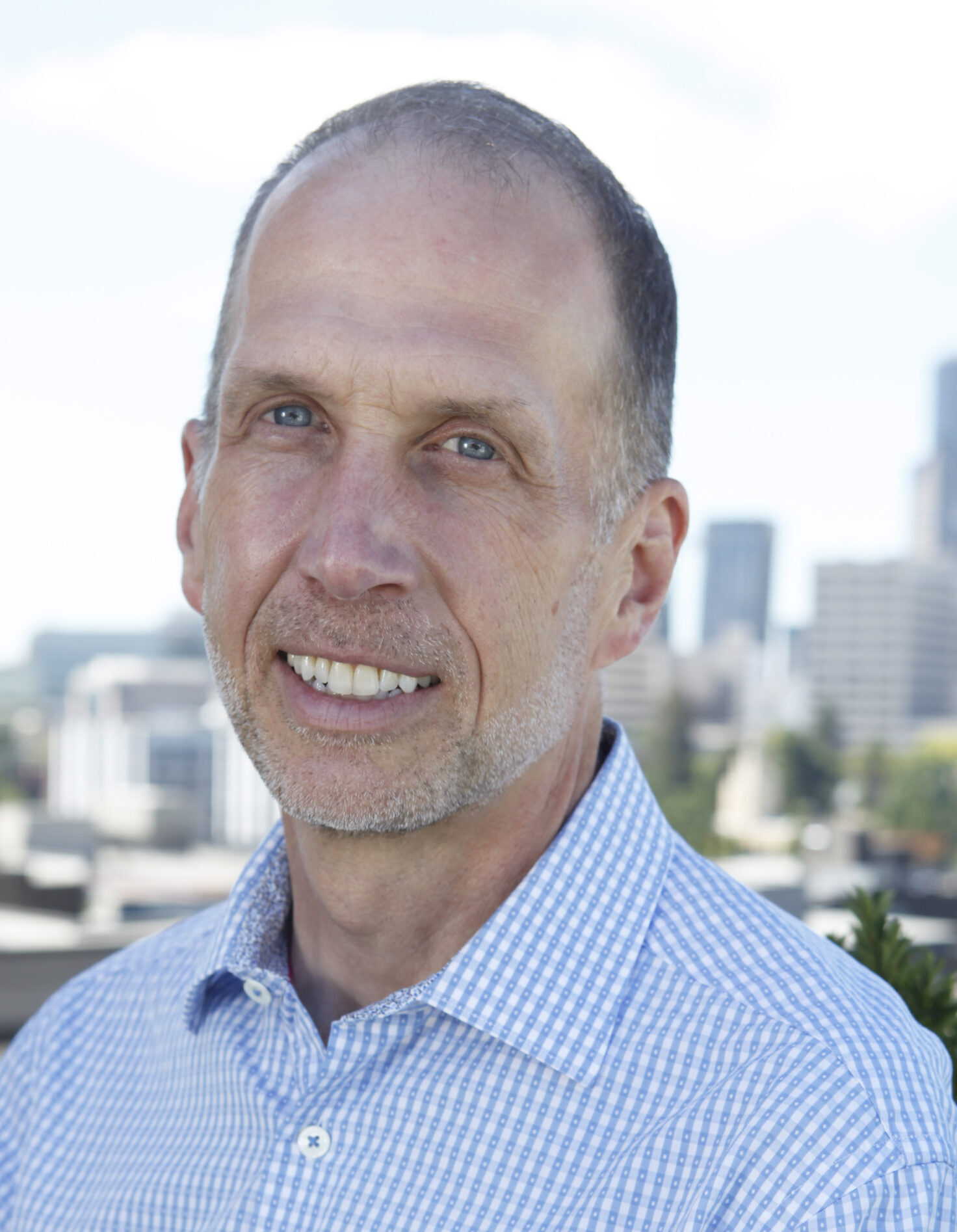 In the bid to create walkable, exciting, live-work-play downtowns, Vancouver’s enormous lead over Seattle and Portland just keeps growing. New developments in the heart of Vancouver – which already has four times as many residents as the geographically larger downtown of Seattle – continue to sprout at a phenomenal rate.
In the bid to create walkable, exciting, live-work-play downtowns, Vancouver’s enormous lead over Seattle and Portland just keeps growing. New developments in the heart of Vancouver – which already has four times as many residents as the geographically larger downtown of Seattle – continue to sprout at a phenomenal rate.
The city core has added between 1,500 and 2,500 new housing units each year for the last decade, with 3,000 expected this year and possibly 4,000 next.
In February, some 150 buyers camped out overnight to get first crack at the condos in a new building. The developer sold almost 500 units the next day alone. Oh, and the towers that will hold those units won’t be completed until 2006.
Last week, Larry Beasley, the city’s planning director, gave a speech sketching what to expect next. (Thanks to Gordon Price for the link. Gordon has added photos to the speech in his Price Tags newsletter. Request it from him at pricetags@shaw.ca)
And it’s pretty remarkable: expansion of the dense, low-car development pattern to another batch of neighborhoods including Gastown, Chinatown, and the currently drug-infested Downtown Eastside. But Beasley’s tone is lamenting. The downtown is filling up, and the heyday of development on the downtown peninsula is probably passing for sheer lack of space. He consoles his audience that the game isn’t entirely over: “We still have capacity in the central core for another 50,000 people to come live downtown.” Freeze frame.
Move 137 miles south. Last year, Seattle’s Mayor Greg Nickels announced what seemed to many Seattle dwellers an astonishingly bold plan for downtown: residential, Vancouver-style development surrounding the central business district to accommodate – drum roll please—30,000 more people.
Move another 170 miles south. Portland is proud of the residential development in the Pearl District, an old industrial zone adjoining downtown. It’s got great architecture and wonderful galleries. Plus a burgeoning population of, drum roll please, 2,000 residents (as of 2002).
Let’s review: In Vancouver, 50,000 is a little; in Seattle, 30,000 is a lot; in Portland, 2,000 is a lot. Three neighboring cities with utterly divergent cultures around urban living.
But what’s even more remarkable, and hopeful, is the fact that the cultures diverged only recently. Portland, Seattle, and Vancouver had downtown development paths were almost indistinguishable two decades ago.
That’s good news for the Emerald and Rose cities: the modest urban-center resurgences they’ve engineered of late can be converted into full-scale, Vancouveresque renaissances.
Their cultures—and their traffic patterns, emissions rates, noise levels, waist lines, and air quality—will change with their skylines.







